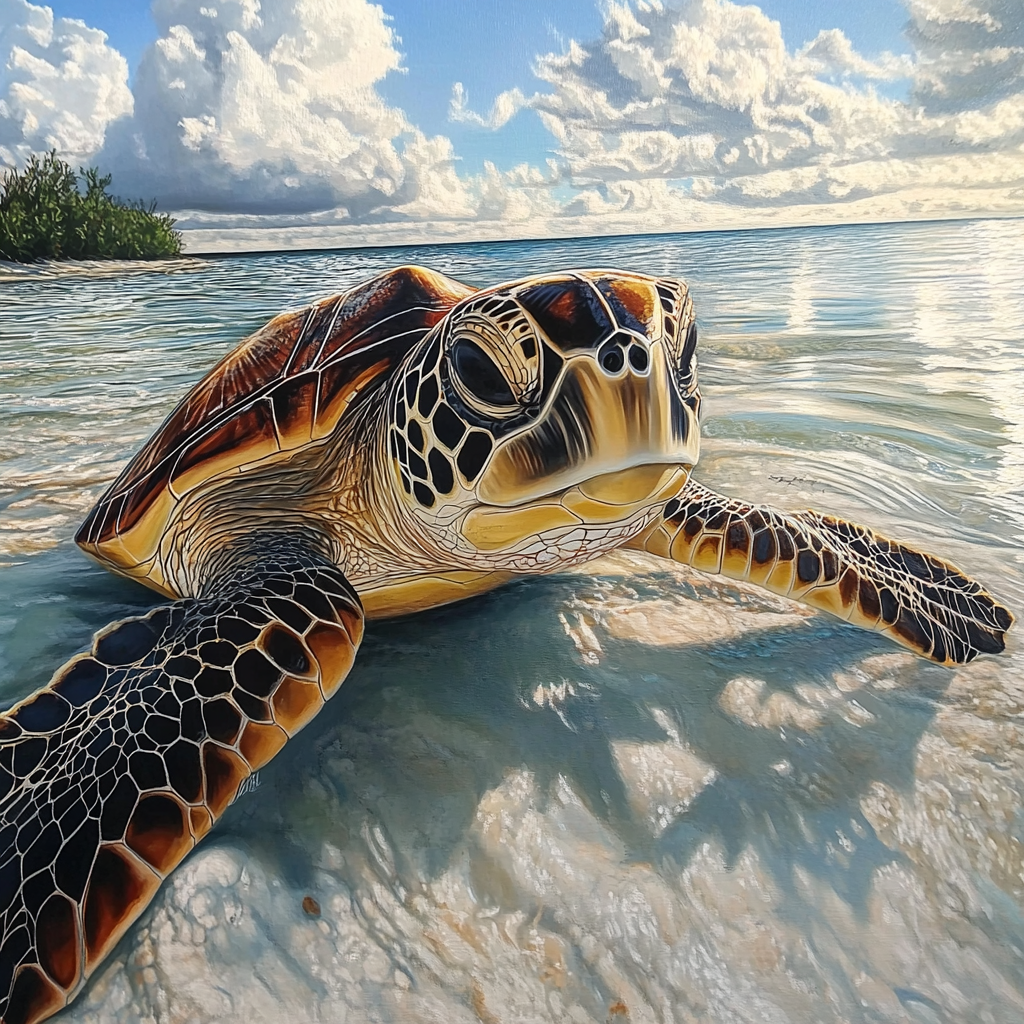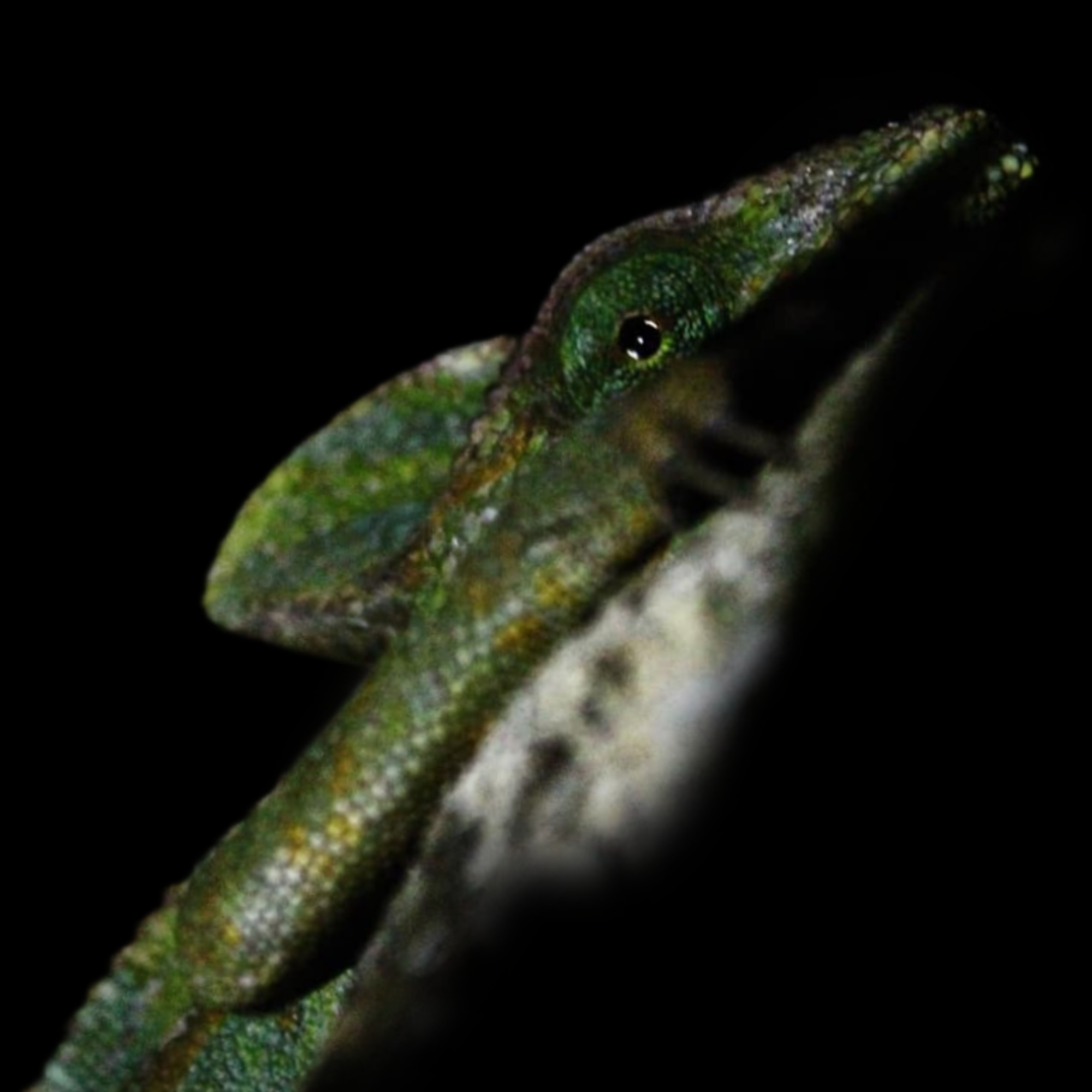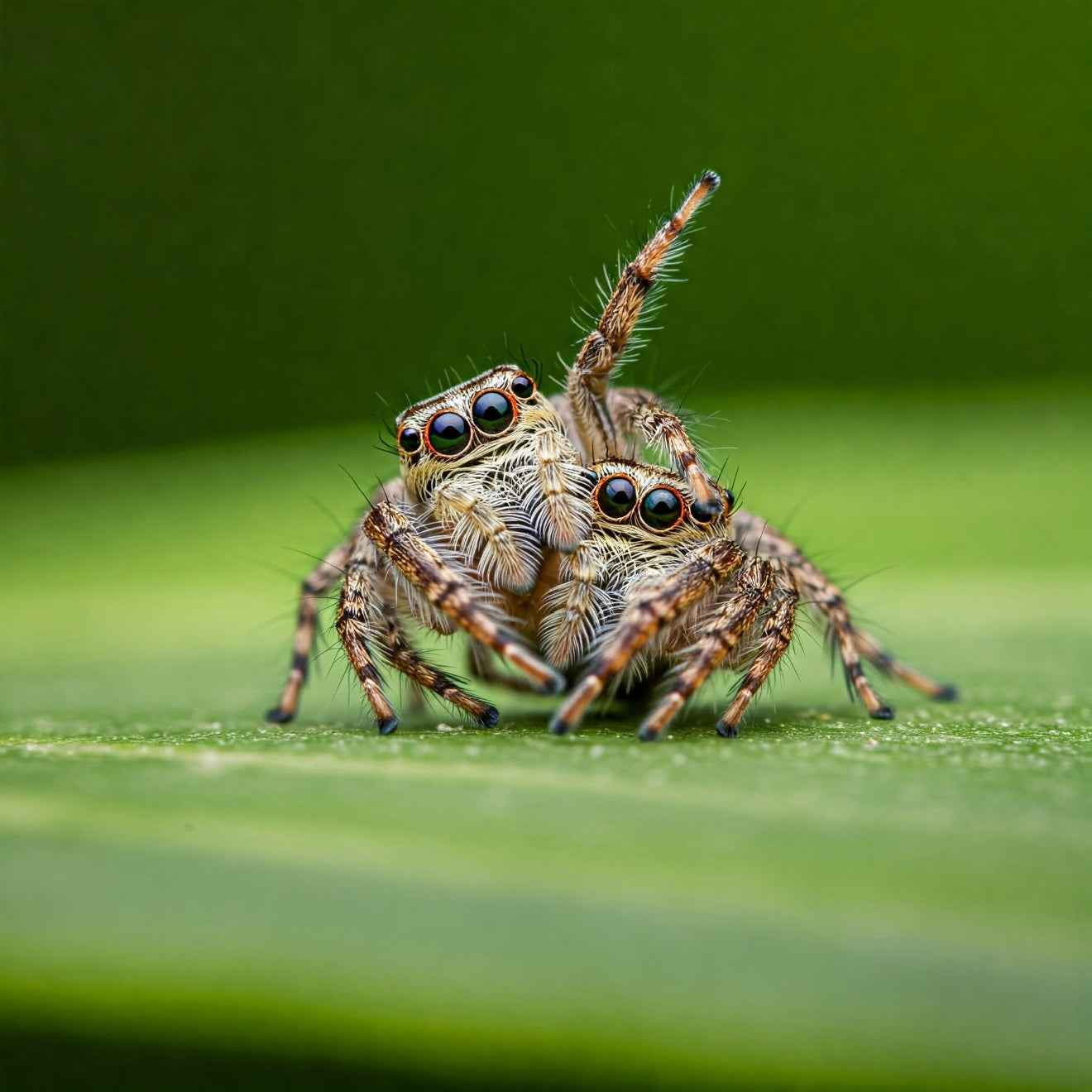Florida is home to some of the most diverse and fascinating wildlife in the United States. From its lush swamps and coastal mangroves to its freshwater wetlands and forests, the state offers a variety of habitats that support a rich array of reptiles. However, this diverse group of reptiles, including turtles, snakes, and lizards, is increasingly facing the threat of extinction. With habitat loss, climate change, illegal trade, and invasive species wreaking havoc, there is a noticeable amount of Florida’s reptile species that are now endangered. In this post, we’ll explore the endangered reptile species of Florida, the challenges they face, and why protecting them is crucial for the state’s ecosystem.
Florida’s Unique Reptilian Landscape
Florida’s subtropical climate and abundant natural habitats make it a perfect home for reptiles. The state is known for its diverse collection of species, including alligators, crocodiles, various species of turtles, and a range of snakes and lizards. Some of these reptiles, like the American alligator and the gopher tortoise, are iconic symbols of Florida’s natural beauty and ecosystems.
However, Florida’s reptile species face numerous threats, and some of the most remarkable and unique species are now on the brink of extinction. Protecting these animals is not just about saving individual species; it’s about preserving the delicate balance of Florida's ecosystems, where each reptile plays an important role.
Major Threats to Florida’s Endangered Reptiles
Several factors are contributing to the endangerment of reptiles in Florida:
- Habitat Destruction: As Florida’s population continues to grow, urban sprawl, agriculture, and infrastructure development have led to the destruction and fragmentation of critical reptile habitats. Wetlands, forests, and coastal areas are being cleared for residential, commercial, and industrial use, leaving reptiles with fewer places to live and reproduce.
- Climate Change: Rising temperatures, increased frequency of storms, and rising sea levels threaten Florida’s reptile populations, especially those that live in coastal habitats. Sea-level rise, for example, threatens nesting sites for sea turtles, while changes in temperature can affect the timing of reproduction for species like turtles and lizards.
- Invasive Species: Florida has become a hotspot for invasive species, including non-native predators like Burmese pythons, which pose a direct threat to native reptile populations. Invasive plants can also alter the habitat, making it unsuitable for native reptiles.
- Illegal Pet Trade: The exotic pet trade is a significant threat to some of Florida’s reptiles. Species that are rare or particularly beautiful are often captured and sold illegally, further diminishing their populations in the wild.
Notable Endangered Reptile Species in Florida
Let’s take a look at some of the most endangered reptiles in Florida and the unique threats they face.
1. Florida Box Turtle (Terrapene carolina bauri)
The Florida box turtle is a subspecies of the eastern box turtle and is found only in the state of Florida. Known for their beautiful, brightly-colored shells, these turtles are beloved for their ability to “box” themselves into their shells when threatened. However, the Florida box turtle is listed as “threatened” due to habitat destruction, illegal collection for the pet trade, and road mortality. The expansion of urban areas and highways in Florida has led to habitat fragmentation and increased turtle deaths from vehicles. Additionally, their slow reproduction rate makes it difficult for populations to recover.
2. Kemp's Ridley Sea Turtle (Lepidochelys kempii)
Kemp’s Ridley sea turtle is one of the smallest and most endangered sea turtle species in the world. While these turtles are found in the Gulf of Mexico, Florida’s beaches serve as important nesting sites for the species. Kemp's Ridley turtles face significant threats from coastal development, loss of nesting habitat, and human activities like fishing, where they often become entangled in nets. Climate change is also a growing concern, as rising temperatures can affect the sex ratio of hatchlings and disrupt nesting behaviors. Despite conservation efforts, this species is still critically endangered.
3. Gopher Tortoise (Gopherus polyphemus)
The gopher tortoise is an iconic species of the southeastern United States, known for its burrowing behavior and long lifespan. These tortoises play an important ecological role by creating burrows that provide shelter to more than 350 other species, including many other reptiles. Gopher tortoises are listed as “threatened” due to habitat loss caused by development, as well as predation by invasive species like raccoons. Florida’s rapid development has resulted in the destruction of much of the gopher tortoise’s natural habitat, and these slow-moving reptiles are increasingly finding it harder to survive. Conservation efforts focus on habitat restoration and protecting the tortoises' burrowing areas.
4. Eastern Indigo Snake (Drymarchon couperi)
The eastern indigo snake is one of the largest non-venomous snakes in North America, reaching lengths of up to 9 feet. Native to the southeastern U.S., including parts of Florida, this snake is known for its striking blue-black coloration and is an important predator in its ecosystem. The eastern indigo snake is listed as “threatened” due to habitat loss, particularly the destruction of longleaf pine forests, which are essential to the snake’s survival. They are also affected by the decline of their primary prey, such as amphibians and other small reptiles. Conservation efforts include habitat restoration and reintroduction programs.
5. Saint Lucie Skink (Plestiodon egregius egregius)
The Saint Lucie skink is a small, brightly-colored lizard found only on a few barrier islands off the coast of Florida. These skinks are listed as “endangered” due to habitat loss and fragmentation caused by coastal development and the introduction of invasive species like fire ants. The Saint Lucie skink relies on coastal scrub and sandhill habitats, but these areas are increasingly threatened by development. Conservation efforts focus on preserving these critical habitats and controlling invasive species.
6. American Crocodile (Crocodylus acutus)
While not as commonly associated with Florida as the alligator, the American crocodile is a native species to the state’s southernmost regions. Found mainly in Florida Bay and the Everglades, the American crocodile is listed as “threatened” under the Endangered Species Act. Habitat destruction, water pollution, and human-wildlife conflict are significant threats to their survival. Crocodiles are often targeted due to fears about their potential danger to humans, even though they generally avoid human contact. Protecting their habitats and reducing human encroachment are key factors in the species' recovery.
Conservation Efforts in Florida
Conservation groups, government agencies, and researchers are working tirelessly to protect Florida's endangered reptiles. Some of the ongoing conservation efforts include:
- Habitat Protection and Restoration: Protecting and restoring critical habitats, such as wetlands, beaches, and forests, is essential for the survival of Florida’s endangered reptiles. Designating protected areas and restoring degraded habitats can help ensure that these reptiles have safe spaces to live and reproduce.
- Nesting Site Protection: For sea turtles, including the Kemp’s Ridley, efforts to protect nesting sites from human disturbance are critical. Volunteers help monitor and protect nests, while coastal development is being increasingly restricted in nesting areas.
- Legislation: The Florida Fish and Wildlife Conservation Commission (FWC) and other agencies enforce laws that regulate hunting, habitat destruction, and illegal trade. The Endangered Species Act also plays a key role in providing legal protections for many of Florida’s endangered reptiles.
- Public Education: Raising awareness about the plight of endangered reptiles and encouraging responsible behaviors, such as reducing the use of plastics and promoting sustainable development, are essential for long-term conservation efforts.
Conclusion
Florida’s unique reptilian species are facing significant challenges, but with concerted conservation efforts, there is hope for their future. By protecting their habitats, supporting legal protections, and educating the public, we can help ensure that these incredible creatures continue to thrive in Florida’s diverse ecosystems. Whether it’s the elusive gopher tortoise or the iconic Kemp’s Ridley sea turtle, each reptile plays an important role in Florida’s ecological health, and it’s up to us to protect them for generations to come.




Leave a comment
This site is protected by hCaptcha and the hCaptcha Privacy Policy and Terms of Service apply.